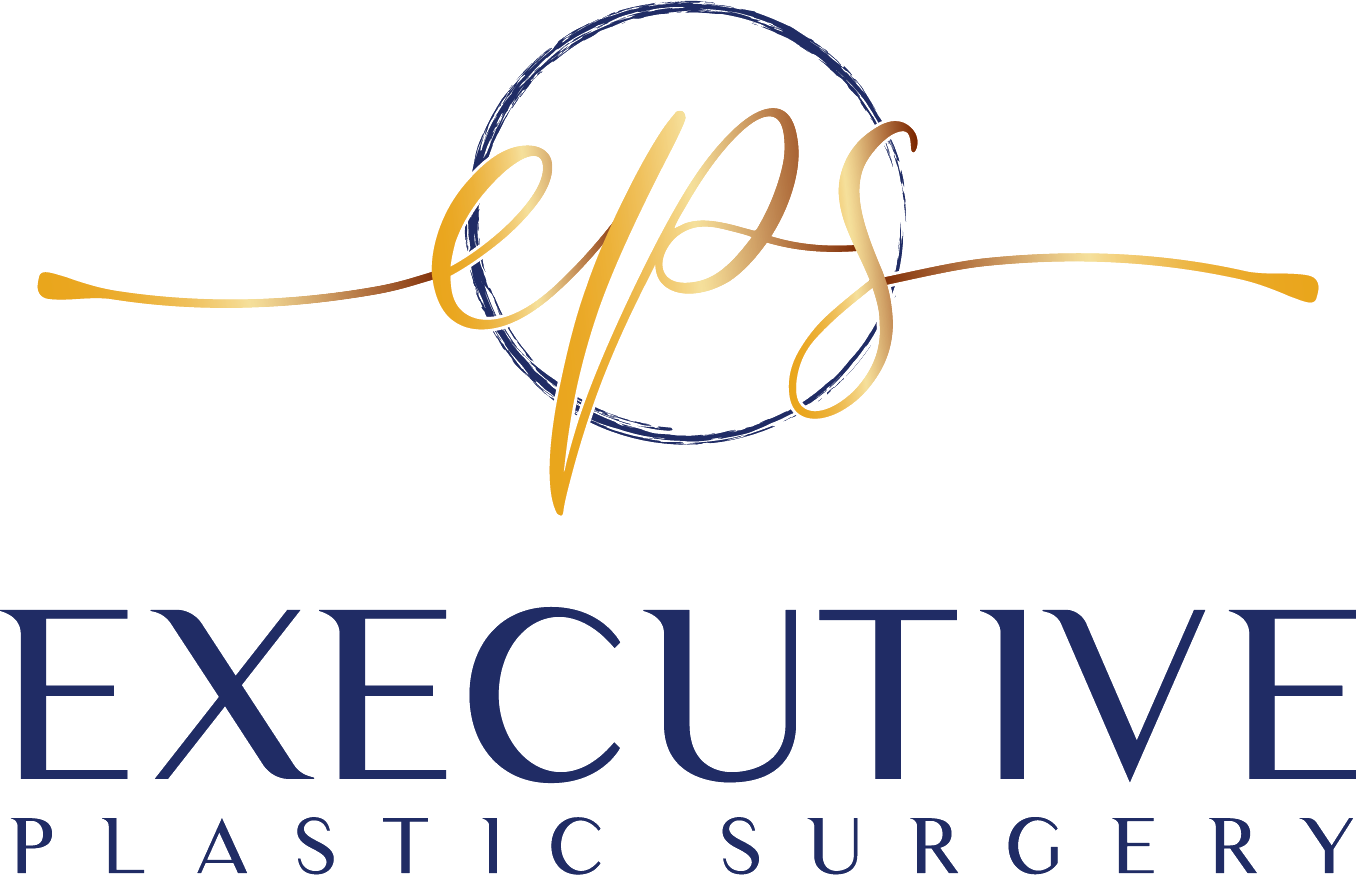If you’re considering breast enhancement but don’t want to risk implants (rightfully so), fat transfer may have caught your attention as a “natural” alternative. The idea of using your own fat to increase breast volume can sound appealing, but it’s critical to understand that this procedure is not without risks. Fat transfer to the breasts can lead to complications like fat necrosis, calcifications, and much more.
That’s why Dr. Shaher Khan, our double board-certified plastic and reconstructive surgeon at Executive Plastic Surgery, strongly advises against implants and fat grafting to the breasts. As a renowned specialist in breast implant illness (BII) and a leading expert in explants in Bloomfield Township, Dr. Khan is dedicated to restoring your health. In this article, we break down the real risks associated with breast fat transfer, so you can make a safe and informed decision.
Fat necrosis and tissue death
One of the most common complications of breast fat transfer is fat necrosis, which occurs when the transferred fat cells don’t survive in their new location. Dead fat cells can form hard lumps or oil cysts, which are not only uncomfortable but can be mistaken for tumors during breast exams.
These lumps often require further surgery to remove, which means additional scarring, cost, and emotional stress. Fat necrosis is unpredictable, and there’s no guaranteed way to control how much fat will survive the transfer. This lack of reliability is one of the many reasons Dr. Khan avoids breast fat grafting procedures altogether.
Unpredictable volume retention
Fat transfer results are notoriously inconsistent. Only a portion of the injected fat typically survives, ranging from 30% to 70%, while the rest is reabsorbed by the body over time. This can result in asymmetrical or smaller-than-expected outcomes.
Even worse, your breast volume may continue to change months after the procedure, making it difficult to maintain a consistent look. In some cases, multiple procedures may be necessary to achieve the desired size, thereby increasing your exposure to surgical risks.
Interference with breast cancer screening
Fat transfer can lead to calcifications, which are small hardened nodules that develop in response to tissue trauma or fat necrosis. These calcifications can show up on mammograms and look suspiciously like early signs of breast cancer, leading to unnecessary anxiety, follow-up imaging, or even biopsies to rule out the possibility of cancer.
This interference can delay accurate diagnosis or result in misinterpretation, complicating your breast health monitoring for years to come. As someone deeply committed to patient safety, Dr. Khan strongly believes this risk is far too great to justify a purely cosmetic procedure.

Risk of infection and cyst formation
Even though fat is your biological tissue, the act of harvesting and reinjecting it creates opportunities for infection. The breasts are a sensitive area, and any contamination during the fat transfer process can lead to abscesses, inflammation, or persistent cysts.
These complications may require draining, antibiotics, or surgical intervention. And unlike with implants, where infections typically lead to removal, there’s no clear, simple solution if your transferred fat becomes problematic.
Lumps, contour irregularities, and uneven results
Because the fat is injected in small amounts throughout the breast, there’s a risk of lumpiness or contour irregularities, especially if the fat is not distributed evenly or settles unpredictably. This creates a misshapen, uneven appearance that’s difficult to correct without surgery.
Over time, gravity, weight fluctuations, or hormonal changes can also alter the way the fat behaves, making your results look worse instead of better. Dr. Khan has worked with numerous patients dealing with the unwanted consequences of fat grafting to the breast, many of whom developed unpredictable results years after surgery. The results of breast fat grafting are a lot more unpredictable and inconsistent than most providers admit.
No long-term studies supporting safety
Perhaps most importantly, fat grafting to the breast lacks robust, long-term clinical studies verifying its safety and efficacy. While it’s marketed as a natural and low-risk alternative to implants, the reality is that we don’t yet fully understand the long-term impact of injecting fat into breast tissue, particularly when it comes to breast cancer surveillance and recurrence risks.
Don’t risk your health just for volume
If you’re exploring your options for breast enhancement or reconstruction, it’s vital to ask yourself: Is the potential gain in volume worth the risk to your health and safety? With fat grafting, the answer, according to Dr. Shaher Khan, is a clear No.
At Executive Plastic Surgery, our mission is to restore your overall well-being. Dr. Khan specializes in removing breast implants and correcting complications from fat grafting or other procedures gone wrong. If you’re seeking a safe, ethical, and medically sound approach to breast surgeries, Dr. Khan offers the gold standard. Schedule a consultation in Bloomfield Township to find the healthiest path forward for your body.



